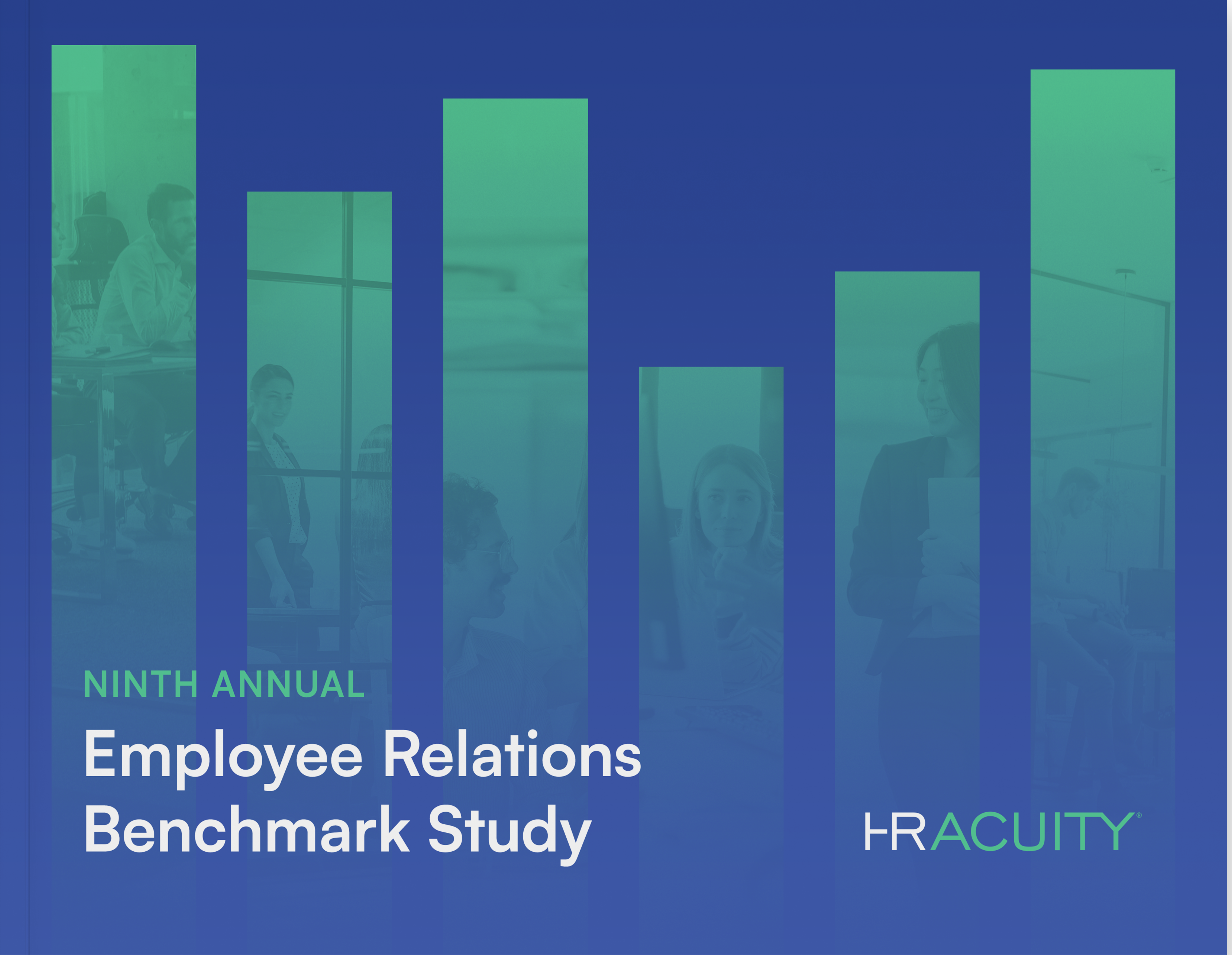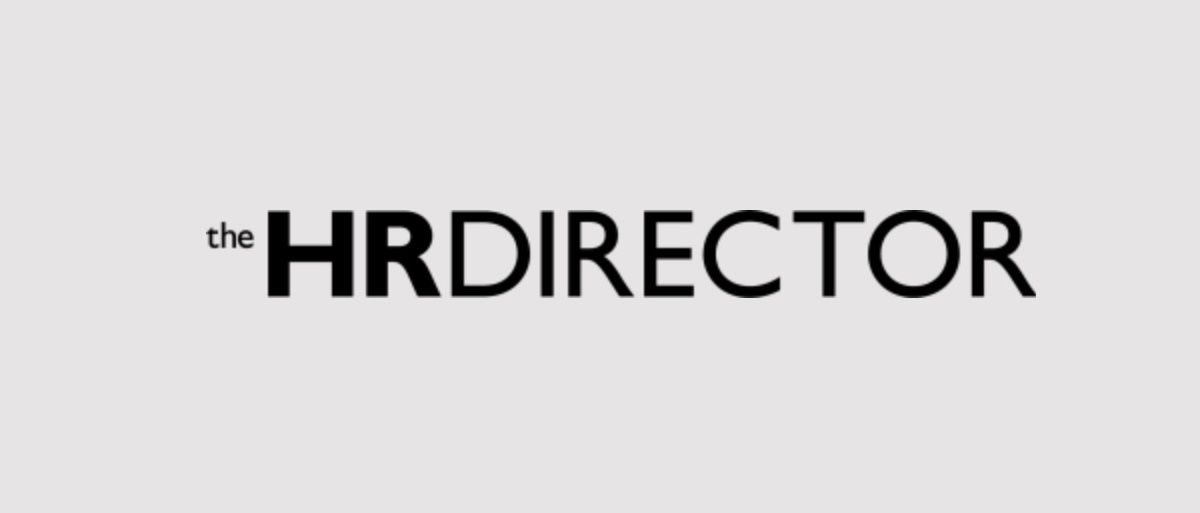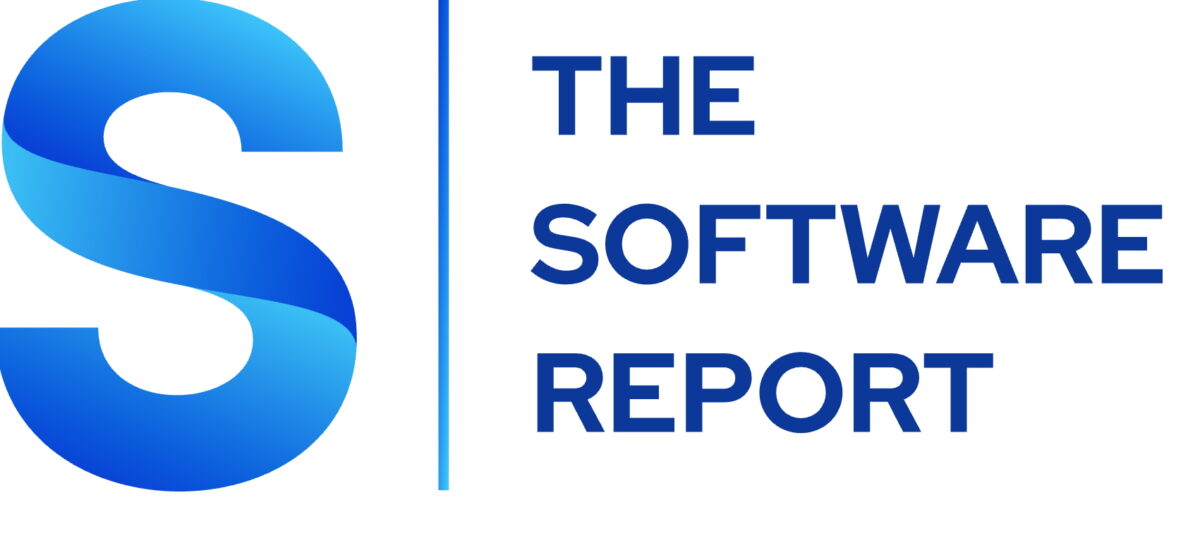Beneath the surface of life-saving innovations and a steadfast commitment to patient care, there’s a complex web of employee relations challenges in the healthcare field. Despite its noble mission to protect and nurture lives, healthcare is not exempt from intricate human resource issues. In fact, it faces its own unique set of challenges.
A study by McKinsey & Company highlights a concerning trend: 32% of registered nurses are considering leaving their profession. The main culprits? Workplace safety, culture, sense of belonging and work-life balance. These findings underscore a critical need to prioritize employee well-being. Whether it’s the dedicated nurses pulling night shifts to the visionary leaders driving medical breakthroughs, everyone in the healthcare ecosystem is essential to the mission of healing and wellness. Addressing and resolving healthcare employee relations challenges means a healthier set of healthcare professionals, which ultimately leads to better patient care and a more effective healthcare system.
Here are employee relations challenges that HR and employee relations professionals in healthcare must confront:

1. Identifying Reasons for High Turnover
High turnover rates in healthcare are more than just a financial burden—they disrupt team dynamics and compromise patient care quality. Yet, HR Acuity’s Eighth Annual Employee Relations Benchmark Study found there is a critical gap in understanding and addressing underlying issues contributing to turnover. In healthcare, only 50% of organizations look at turnover and employee engagement data—an invaluable resource for developing targeted retention initiatives to improve employee satisfaction and reduce turnover rates.
Understanding why employees are leaving is the first step toward implementing effective solutions and fostering a more stable and fulfilled workforce. By looking at the root causes, identifying patterns and common themes like workplace safety and workload, healthcare organizations can pinpoint where they need to improve and stop the talent leaky faucet. Also, examining commonalities by department allows for tailored interventions to address specific issues driving turnover.
2. Addressing Workplace Safety Concerns
Healthcare workers face a myriad of occupational hazards, from infectious diseases and workplace violence to ergonomic injuries. Ensuring workplace safety is absolutely critical in healthcare settings to protect both employees and patients. But it’s not enough to just have safety protocols in place; employees need to feel confident that they can report issues and that the organization will take action.
Empowering employees to report safety concerns without fear of reprisal is essential for ongoing protection. Yet almost half of healthcare employees are not reporting issues. This is a significant gap that can be addressed by providing anonymous reporting tools, which have been shown to significantly increase reporting rates. According to 2023 Workplace Harassment and Misconduct Insights, 72% of employees feel confident reporting issues when they can do so anonymously.
But reporting is just the first step. Once issues are reported, it’s critical to follow through with a comprehensive investigation. Only 41% of healthcare organizations use a required investigation process, compared to 56% of organizations overall. Workplace investigations are essential to ensure problems are addressed and resolved, leaving no room for issues to persist. By fostering a culture of reporting workplace issues and ensuring robust investigation procedures, healthcare organizations can create a safer work environment.
3. Managing Employee Workload
When healthcare professionals are overburdened, it can lead to burnout, errors, and ultimately, a decline in the quality of care provided to patients. Employee relations play a crucial role in addressing these workload challenges. Managers are pivotal here—61% of employees report workplace issues to their managers first. By empowering people leaders to address employee issues effectively, we can significantly improve the overall employee experience.
Managers and HR teams need to be equipped with the right training and resources to address concerns attentively and carefully. This proactive approach not only helps in redistributing tasks more equitably but also ensures that employees feel heard and supported, fostering a more resilient and engaged workforce.
4. Effective Conflict Management
Conflicts among healthcare staff need to be managed to not disrupt teamwork, communication and patient care delivery. By implementing clear policies and procedures for resolving conflicts and providing training in communication and conflict resolution skills, healthcare organizations can mitigate conflicts before they escalate. This proactive approach ensures that staff are equipped to handle disagreements constructively, fostering a more collaborative and supportive work environment.
Moreover, leveraging data to identify early-warning signs of conflict allows for targeted early interventions. By addressing issues before they escalate, healthcare organizations can maintain a harmonious work environment that is conducive to delivering high-quality patient care. This not only enhances the employee experience but also ensures that patients receive the best possible care from a cohesive and well-functioning team.
In the face of these challenges, healthcare organizations must prioritize building trust and transparency to foster a culture of accountability and collaboration. By addressing critical gaps in investigation processes, technological adoption and post-investigation practices, healthcare organizations can enhance the effectiveness of ER practices and create a workplace environment that promotes employee well-being and patient care quality.
Ready to manage employee relations the right way? Schedule a demo to learn how HR Acuity can equip your organization with a better way to document, investigate and analyze employee issues.




